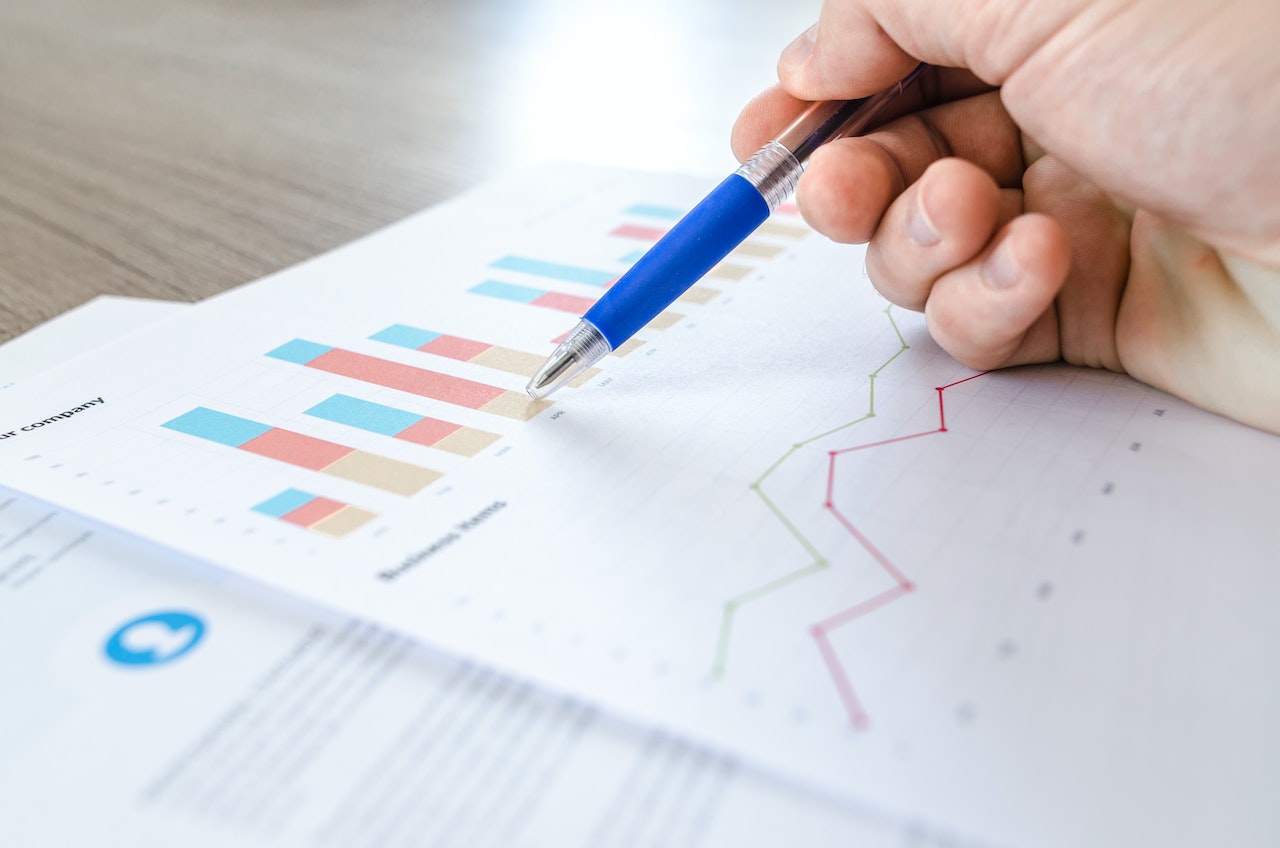The latest government data reveals that the Federal Reserve’s Personal Consumption Expenditures (PCE) Index exhibited a year-over-year growth of 3.5% in August. This uptick from the previous month’s 3.4% aligns with economists’ expectations, signaling a steady trajectory in inflation trends. The “Core” PCE, which excludes the volatile food and energy categories, grew at a rate of 3.9%, down from the 4.1% recorded the month prior, in line with forecasts from economists surveyed by Bloomberg.
August’s monthly core PCE data showed a 0.1% increase, down slightly from July’s 0.2% growth rate. This measure, closely followed by Federal Reserve Chair Jerome Powell, underscores the persistent inflationary pressures in the economy. Powell’s recent remarks emphasized that inflation remains “well above our longer-run goal of 2%.”
These developments come in the wake of the Federal Reserve’s decision to maintain interest rates in a range of 5.25% to 5.50%, the highest level since March 2001. Furthermore, the central bank has signaled its intent to keep interest rates elevated for an extended period as part of its strategy to curtail inflation.
August’s PCE figures mirror the trends observed in the Consumer Price Index (CPI), another vital indicator of inflation. The CPI report for the same month registered headline inflation at 3.7%, primarily driven by elevated prices in the oil and food sectors.
In a broader economic context, the Federal Reserve’s Summary of Economic Projections (SEP) indicates a revision in their expectations regarding core PCE inflation. The SEP forecasts core inflation to peak at 3.7% for this year, a reduction from the June projection of 3.9%. It is anticipated that inflation will gradually decline to 2.6% in the coming year and stabilize at 2.3% in 2025.
However, Chair Powell highlighted during a subsequent press conference that the increase in core PCE isn’t the sole determinant for any potential interest rate hikes in the remainder of the year. The Federal Reserve is closely monitoring a range of economic developments that could impact the path of inflation. Powell stated, “The heat that we see in GDP, is it really a threat to our ability to get back to 2% inflation? That’s going to be the question. It’s not a question about GDP on its own.”
Notably, the data for August reveals that the Federal Reserve’s PCE Index grew at its slowest pace since September 2021. This moderation in the Personal Consumption Expenditures (PCE) Index, a metric closely watched for its implications on inflation, suggests that the central bank may not need to consider further rate hikes this year, contrary to the expectations of many economists. This development occurs as the Federal Reserve navigates the delicate balance of reigning in inflation while vigilantly monitoring economic developments to prevent any further price surges.
Investors are now keenly observing the Federal Reserve’s next move as it endeavors to fine-tune monetary policy in response to evolving economic conditions. The central bank’s commitment to maintaining price stability while fostering sustainable economic growth continues to be a central focus of its policymaking agenda.
Source: Yahoo Finance



